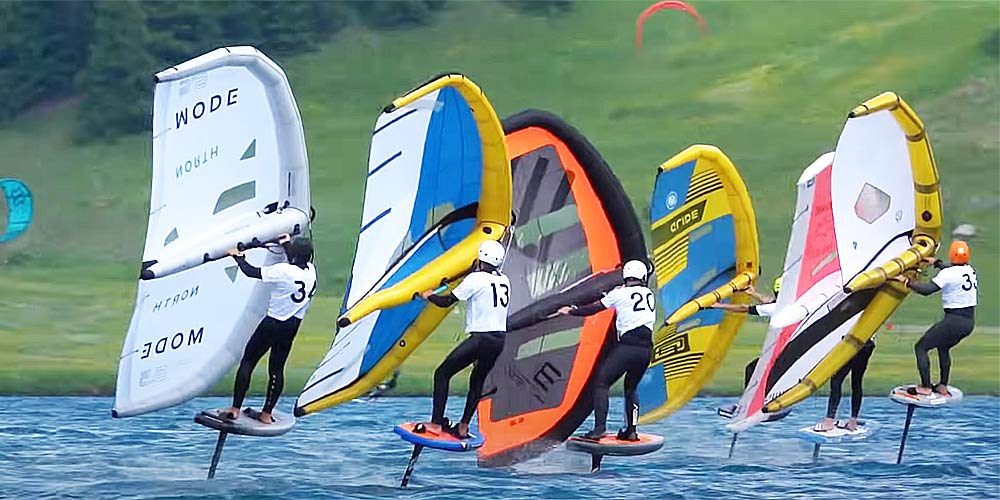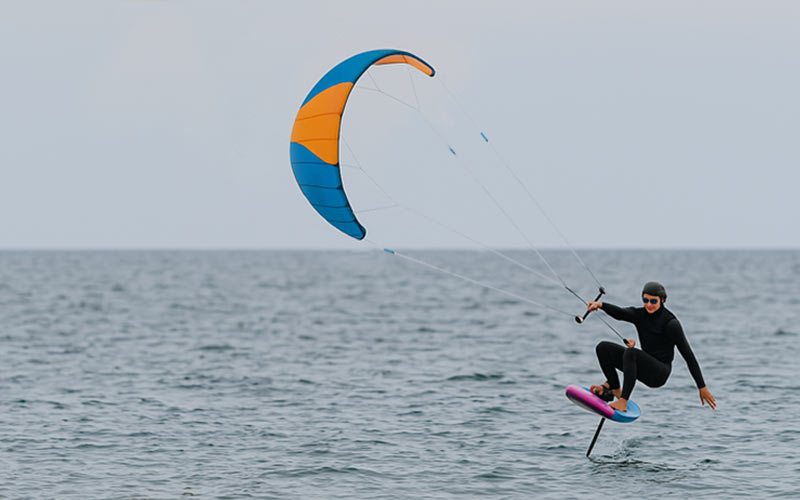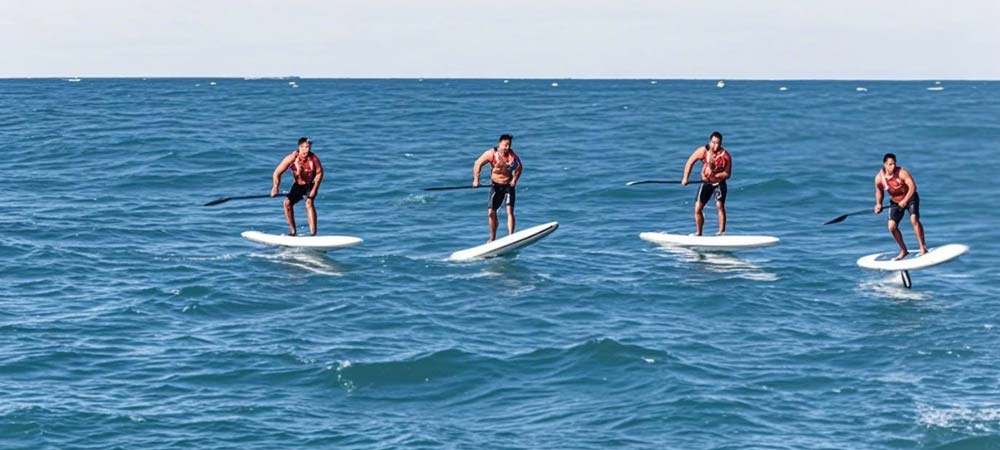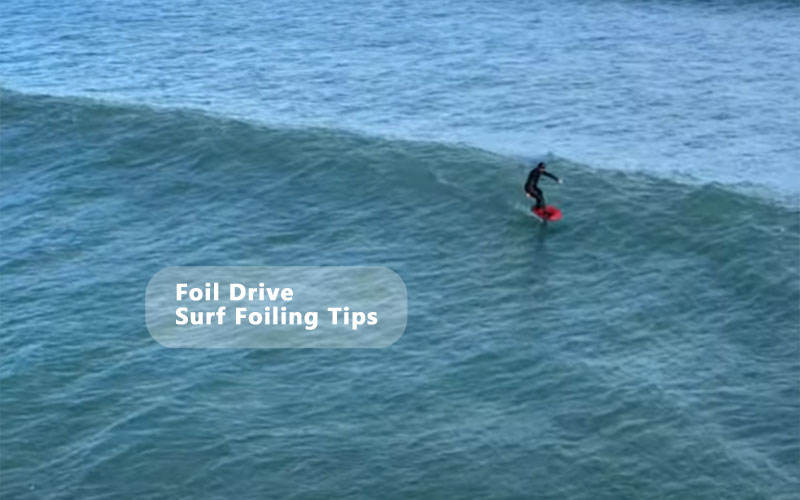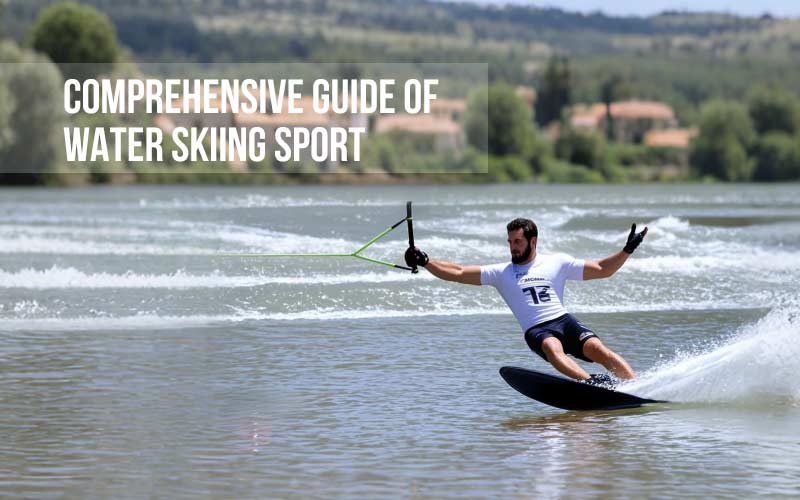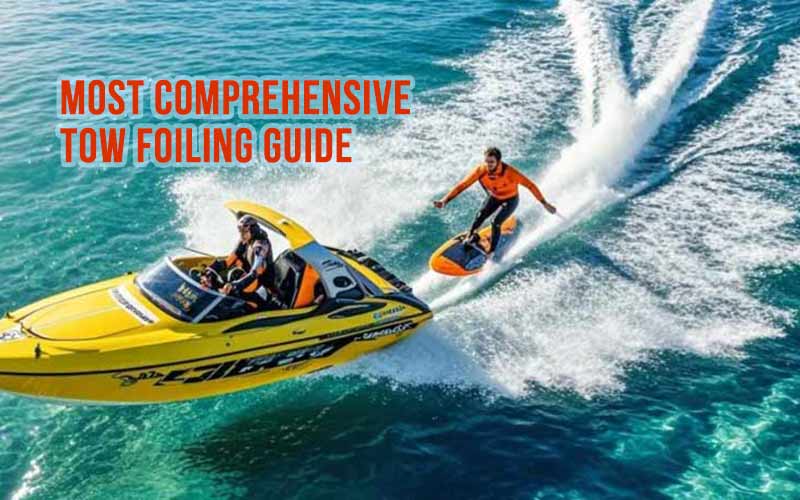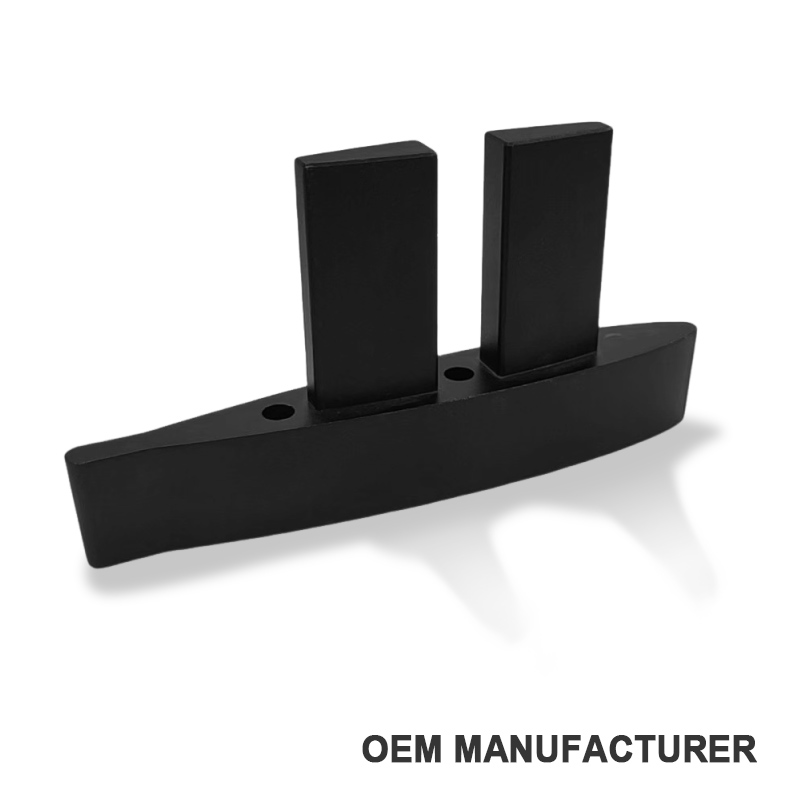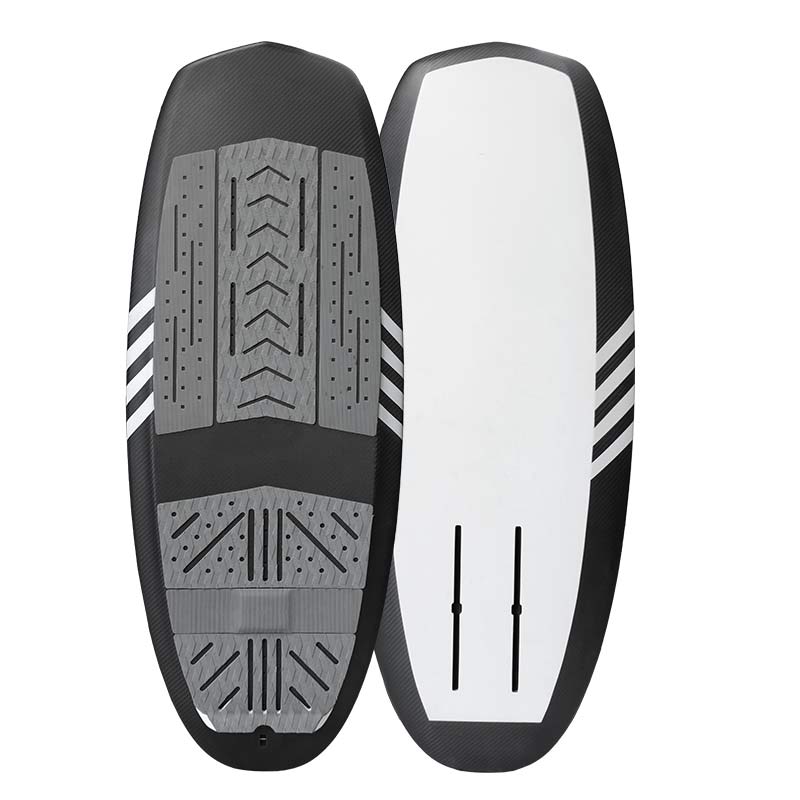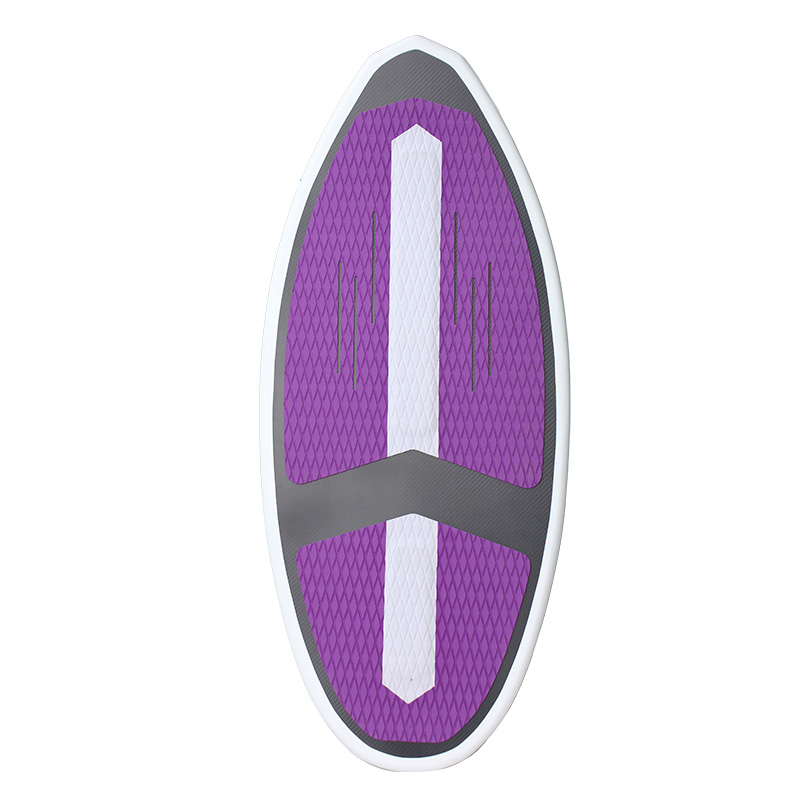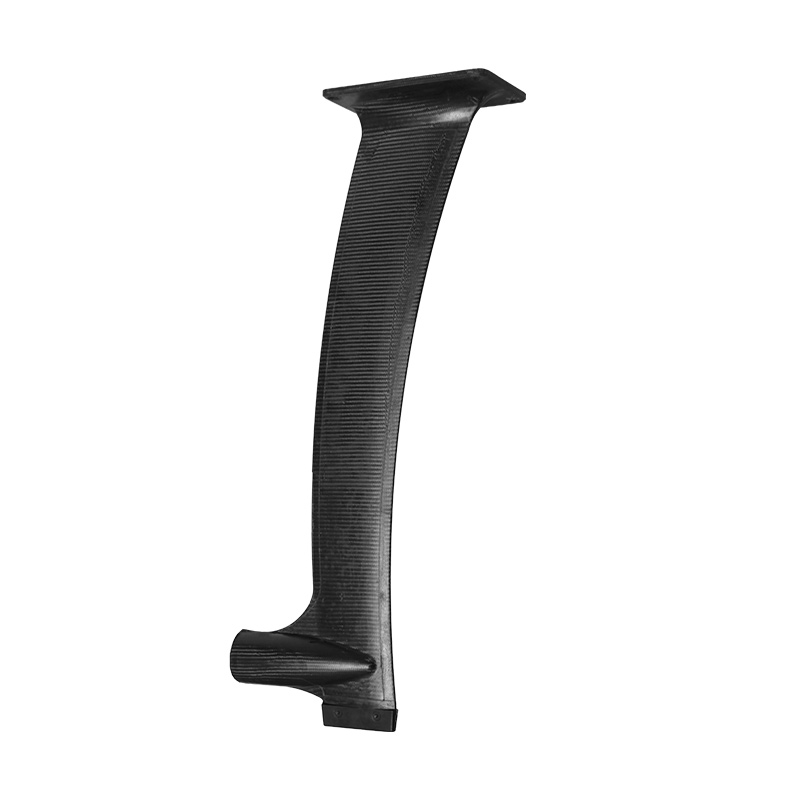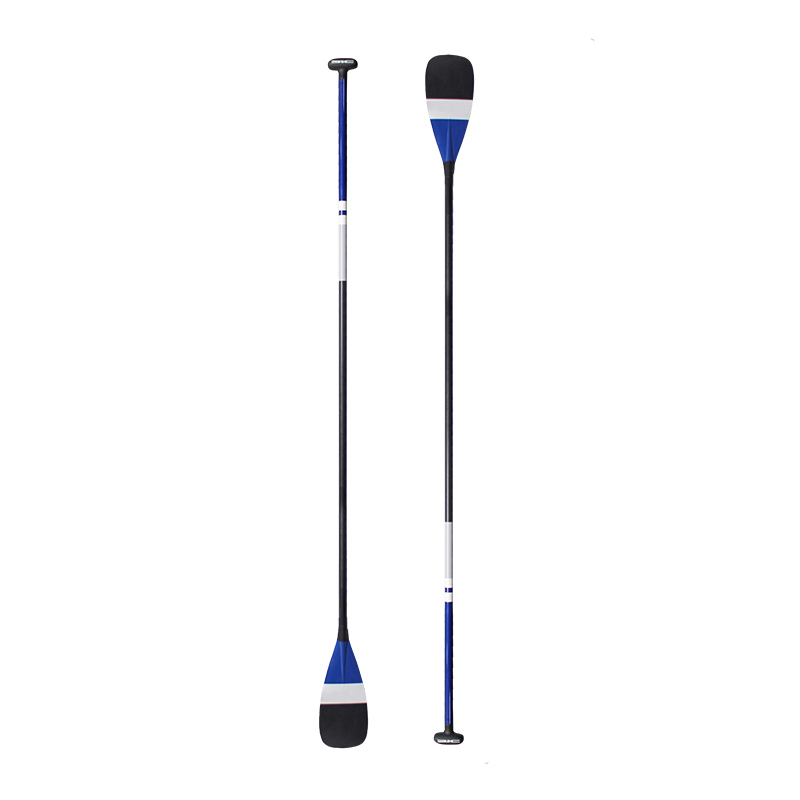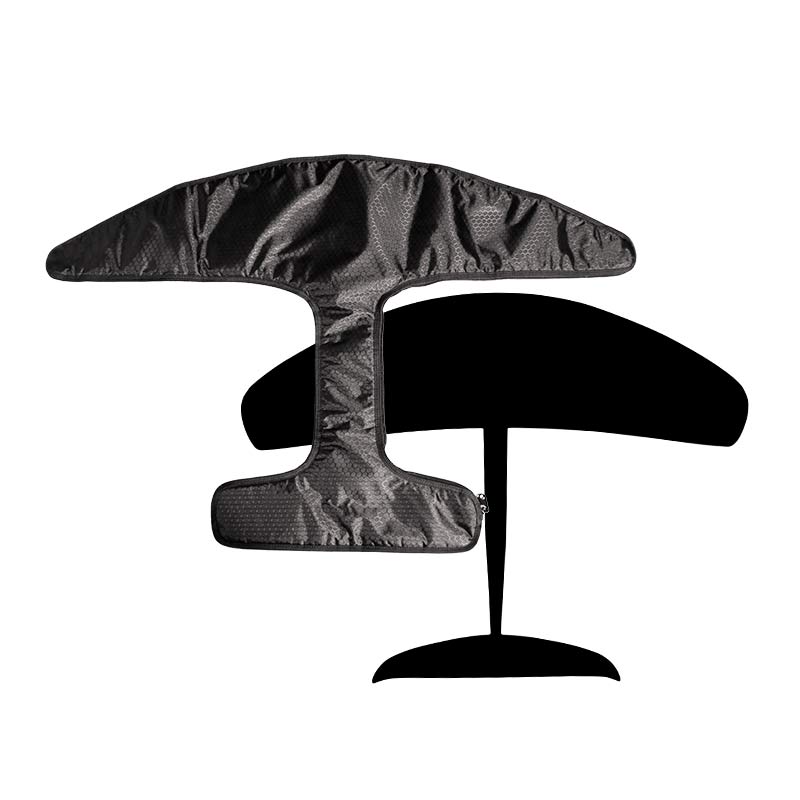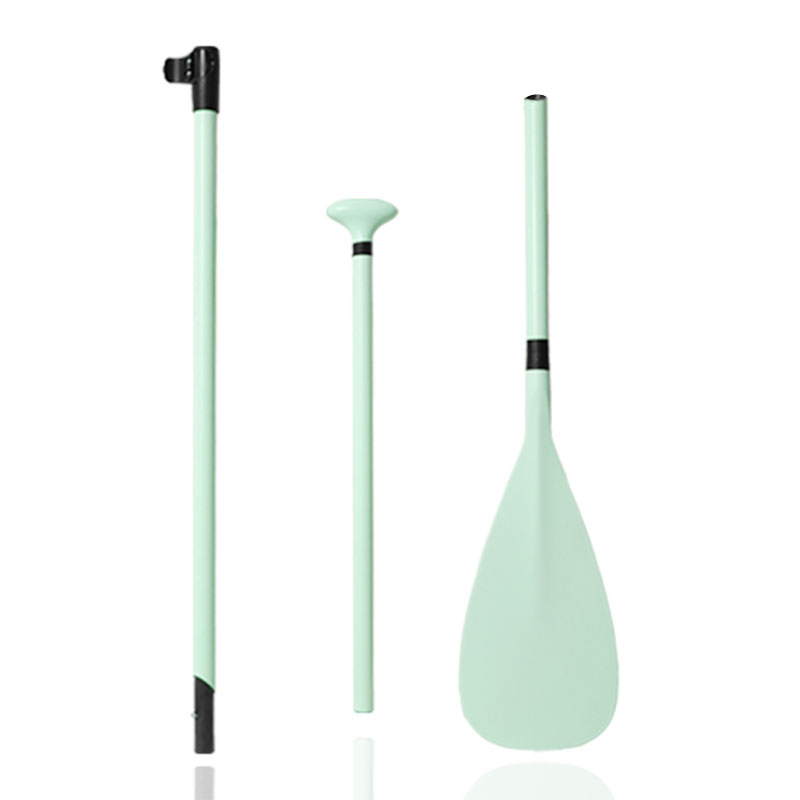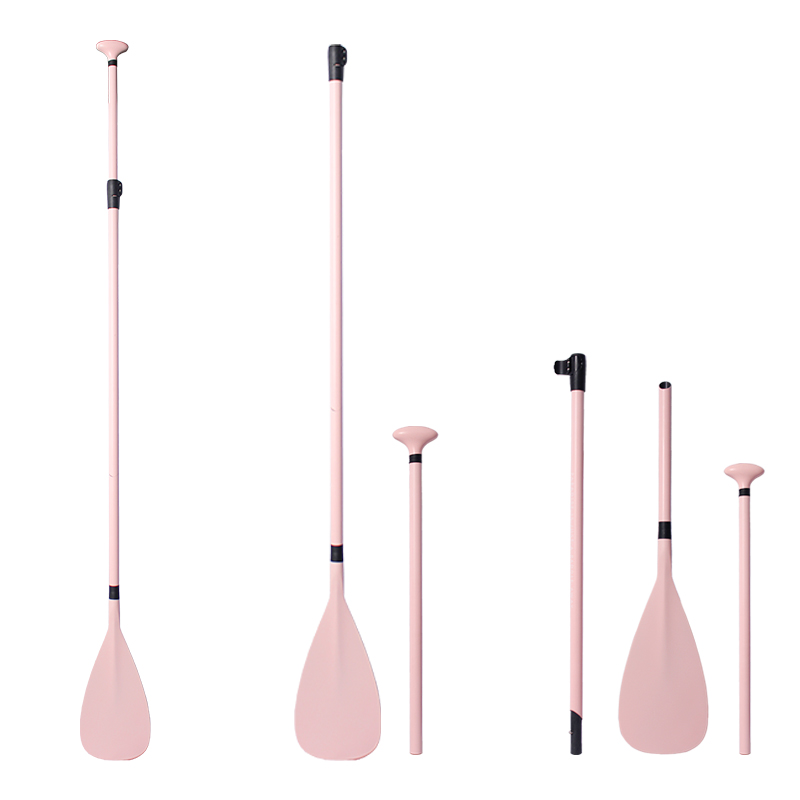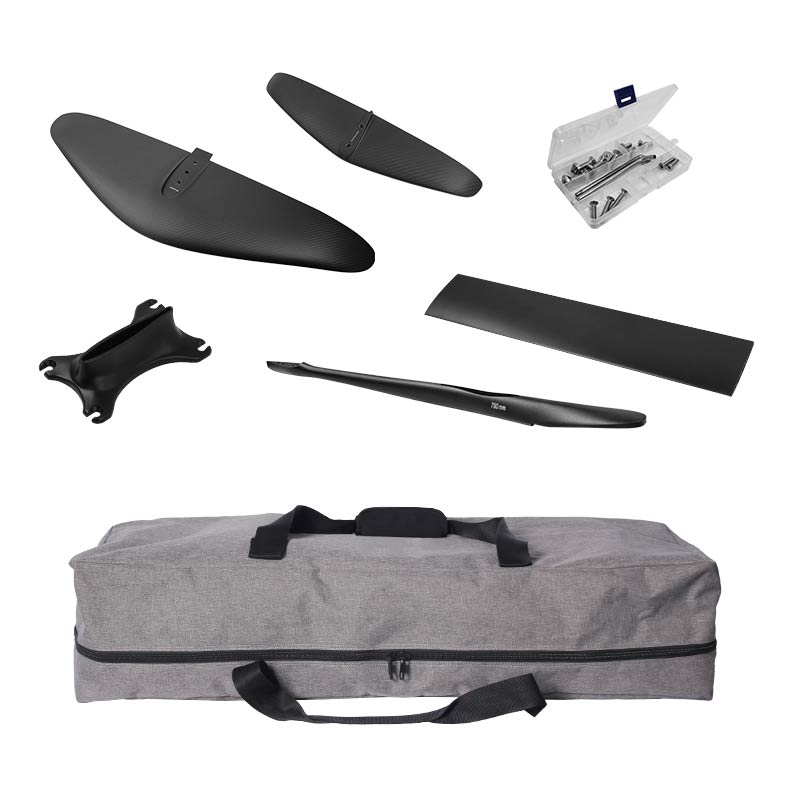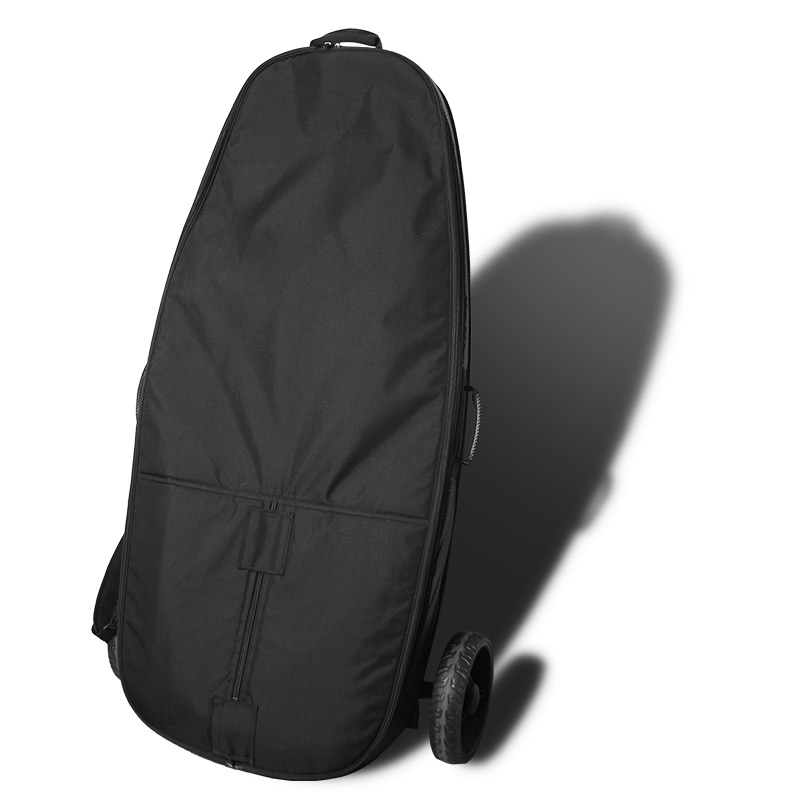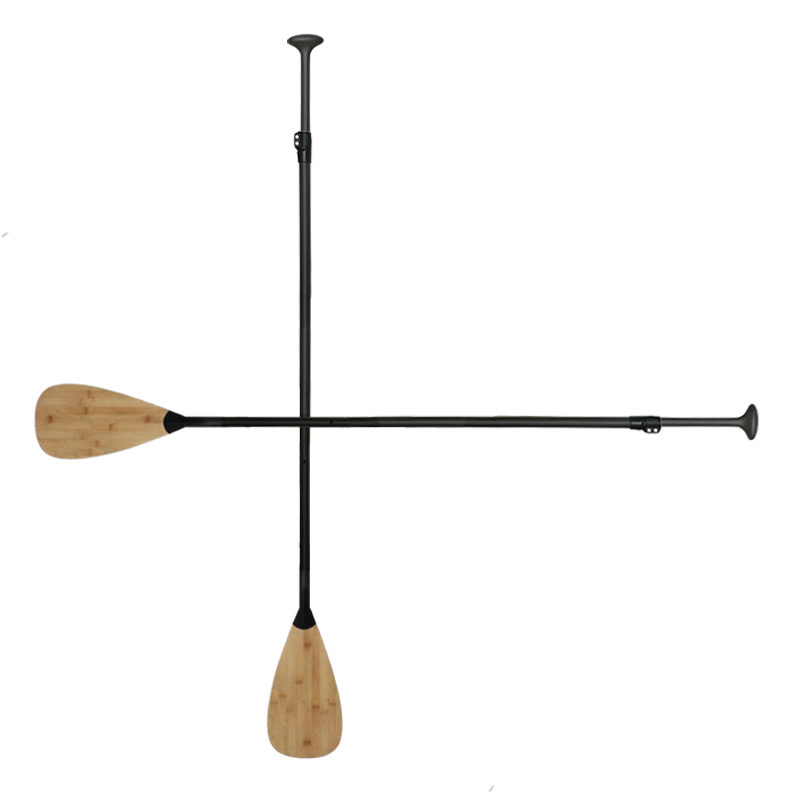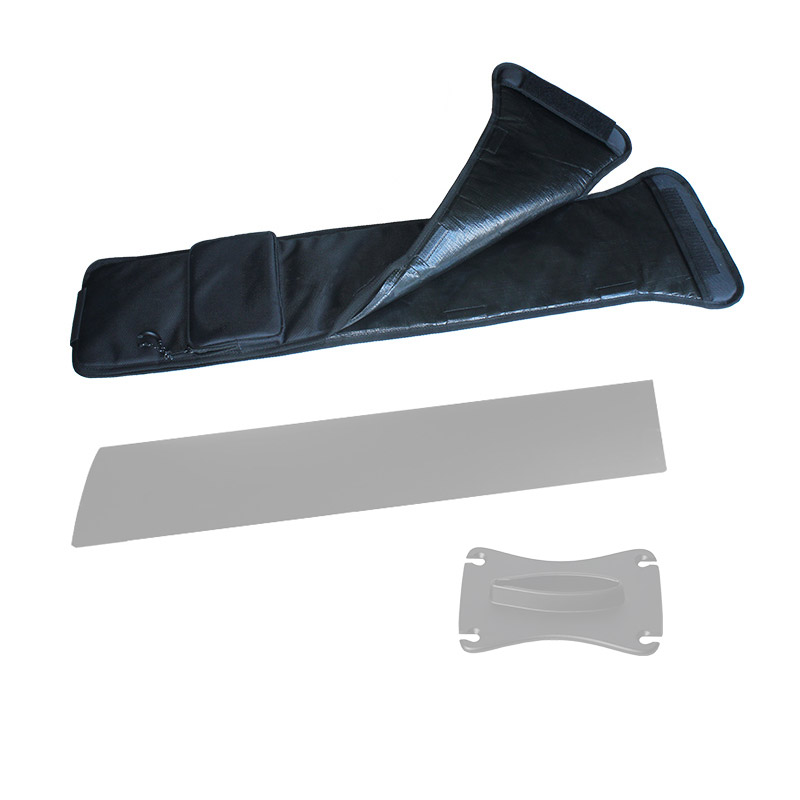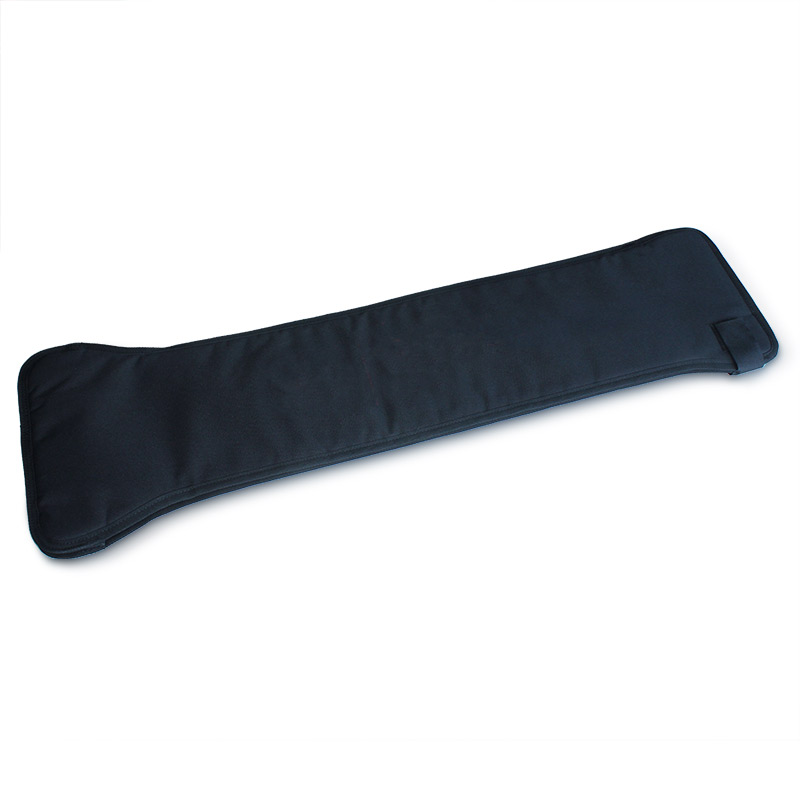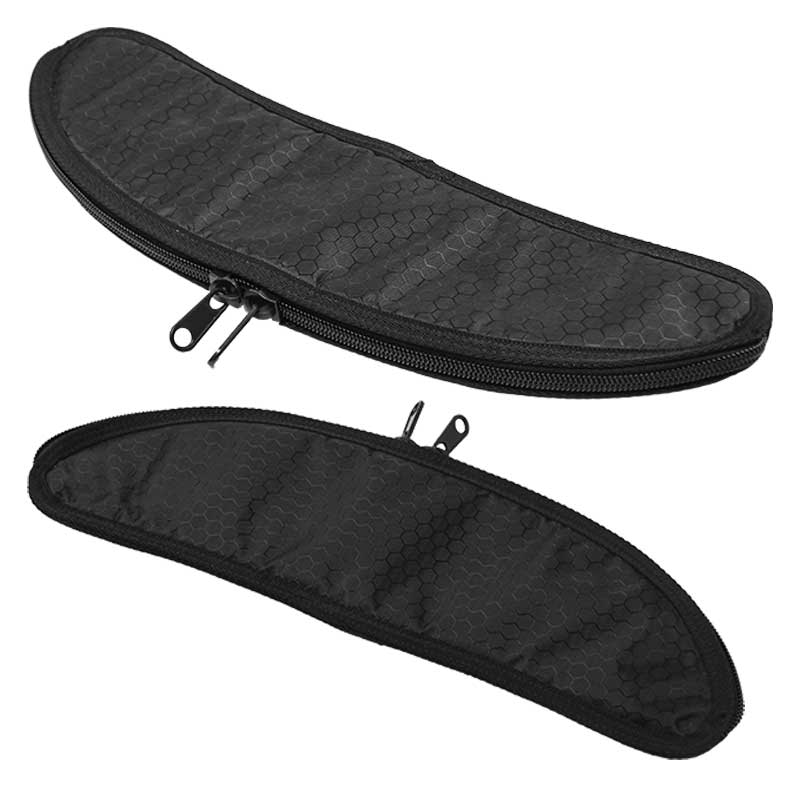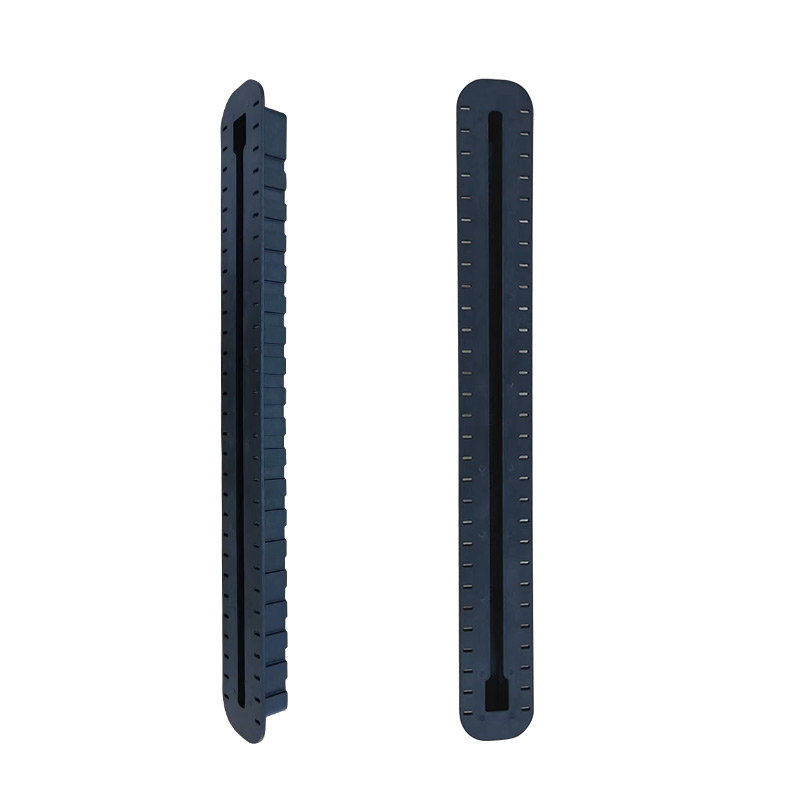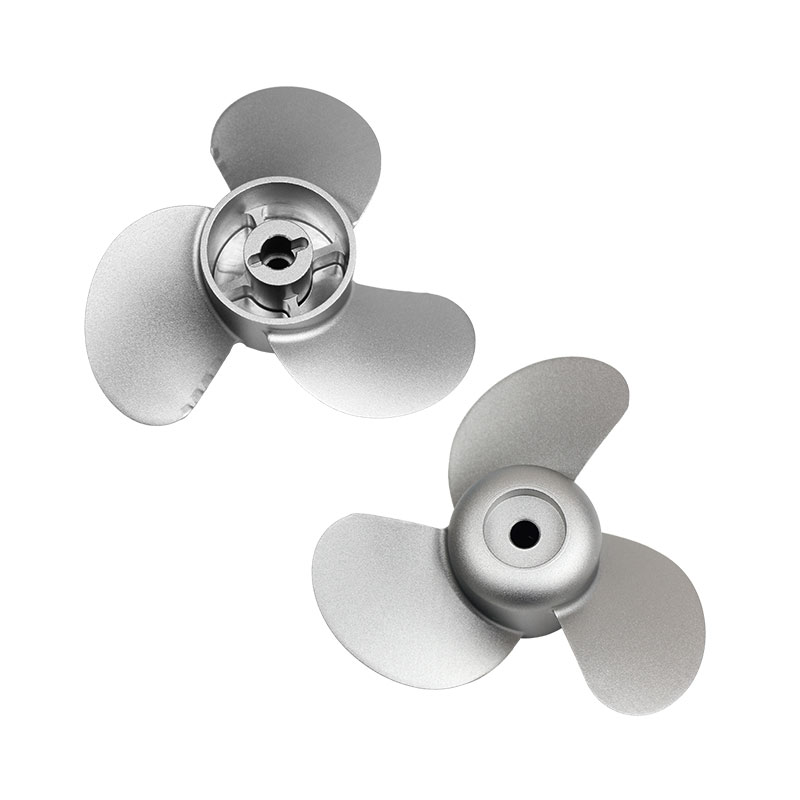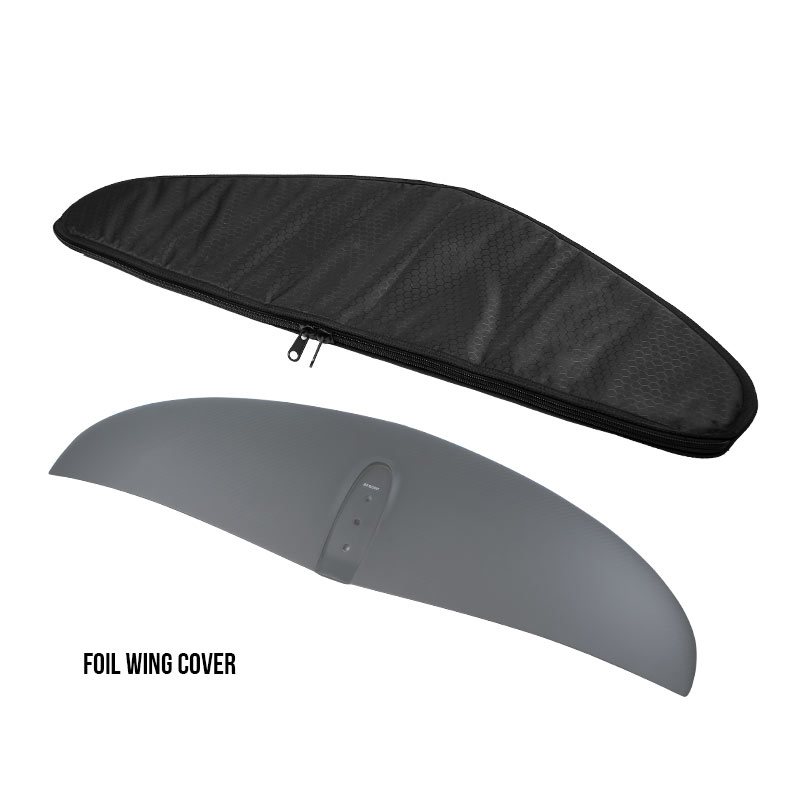When selecting a pump foiling mast, one of the key decisions is choosing between a short or long mast. The mast length affects stability, responsiveness, and performance in different conditions. Understanding these differences can help riders make an informed decision about their foiling setup. If you want to custom composite surfing products, Unity Sports as a Top 3 manufacturer in China, which will be a good choice for you.
The Role of Pump Foiling Mast
The hydrofoil mast connects the fuselage and foil to the board, determining the distance between the foil and the board. This distance is critical for maintaining lift and reducing drag. If the foil is too close to the surface, it risks breaching, causing loss of lift and potential crashes. On the other hand, if the mast is too long, it may become harder to control movements effectively.
A properly sized mast ensures that the foil remains fully submerged while allowing enough clearance between the board and the water to avoid unnecessary drag. This is especially important during pumping, where the rider generates lift by repeatedly shifting weight and adjusting pitch angles. The foil mast length also determines how much leverage the rider has when making these movements. A longer mast provides more room for error in choppy conditions but requires more precise control to maintain stability. A shorter mast for pumping keeps the foil closer to the surface, making it easier to handle for beginners, but it can be more susceptible to disturbances from small waves and surface turbulence.
Additionally, the foil mast length influences how the foil reacts to rider input. A shorter mast results in quicker responses to pitch and roll adjustments, making it more predictable for beginners. A longer mast for pumping, however, allows for a smoother ride in deeper waters by reducing the chances of ventilation (when air gets sucked into the foil, disrupting lift). This is particularly beneficial for experienced riders who seek extended pump sessions or wish to foil in rougher conditions.
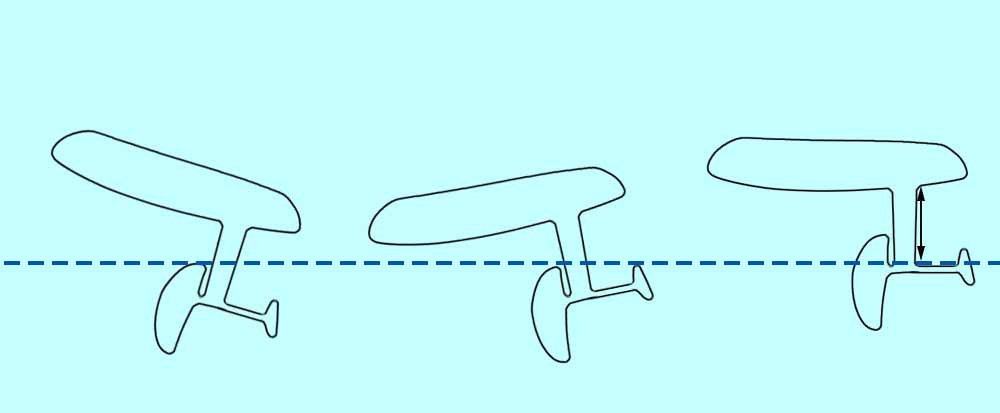
Common Foil Mast Lengths in Pumping
Most brands recommend beginner-friendly pump foil mast lengths between 72 cm and 78 cm (28 to 30 inches). Some popular options include:
Pump Foiling Masts’ Length For Beginners
- Axis and Indiana: 75 cm
- Takuma: 75 cm
- Slingshot Hover Glide: 72 cm
- F-One Phantom: 70 cm or 80 cm
- Lift Foils: 76 cm
- GoFoil: 75 cm or 80 cm
- Moses (SABfoil): 72 cm or 82 cm
These foil mast lengths balance stability and maneuverability, making them suitable for most pump foiling conditions.
Why Common Pump Foiling Mast Length is 72-80cm?
The common foil mast length for pump foiling falls within the 72-80 cm range due to a balance of several key factors:
-
Optimal Lift and Clearance – This range ensures the foil remains submerged for consistent lift while allowing enough clearance between the board and water to minimize drag.
-
Stability vs. Responsiveness – Masts in this range provide a balance between stability (shorter end of the spectrum) and responsiveness (longer end), making them suitable for a wide range of riders.
-
Performance in Various Water Conditions – In choppy or open water, a mast in this range helps maintain performance by preventing the foil from breaching, while still being manageable in flatter water conditions.
-
Pump Efficiency – The length offers enough leverage for effective pumping without being too long, which would require more precise control and increased rider effort.
-
Compatibility with Multi-Sport Use – Many riders use their foiling setups for multiple disciplines (e.g., wing foiling, SUP foiling), and a mast in this range provides versatility for different activities.
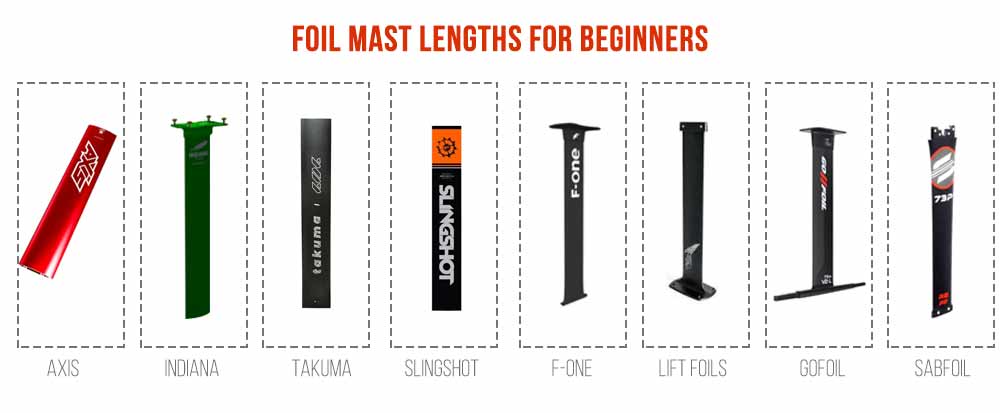
Effects of Pump Foiling Mast Length
Hydro foil mast length plays a crucial role in pump foiling, affecting stability, responsiveness, and performance in different conditions. Shorter masts offer better stability and control, making them ideal for beginners and those launching from lower docks. Longer pump foiling masts provide greater agility and efficiency in choppy water but require more skill to manage. Choosing the right mast depends on experience level, riding conditions, and intended use, balancing ease of handling with performance needs.
-
Stability and Responsiveness
- A shorter mast provides greater stability, making it easier to control pitch and roll movements. It is particularly useful for beginners who need a more forgiving setup.
- A longer mast increases responsiveness, making the foil more sensitive to small weight shifts. While this can enhance agility, it also requires better balance and control. Advanced riders may appreciate the quicker reaction time for high-performance maneuvers.
-
Performance in Choppy Water
- In rough water, a longer mast allows the foil to remain submerged, reducing the risk of lifting out of the water. This ensures consistent lift and smoother riding experience.
- A shorter mast may struggle in these conditions, as wave crests can interfere with the foil’s lift, making it harder to maintain speed and control.
-
Pump Efficiency and Torsional Moment
- The torsional moment, which affects how easily the foil moves up and down, increases with mast length. A greater torsional moment can require more effort to maintain a smooth and efficient pumping motion.
- A longer mast (e.g., 90 cm) amplifies the effect of tilting angles, making the foil more responsive but also less forgiving. It allows for deeper, more powerful pumps but demands greater skill to maintain balance and consistency.
- A shorter mast (e.g., 70 cm) provides a more controlled pumping experience, as small changes in tilting angles have less impact on lift and speed. This makes it a great option for those looking for a more stable ride.
-
Starting Height Considerations
- If launching from a high dock, a longer mast provides more usable height for pumping. This allows for a more extended glide phase before requiring another pump cycle.
- For lower docks, a shorter mast may be preferable, as the maximum jump height is limited by the rider’s ability. A long mast in these situations may be challenging to mount efficiently.
-
Maneuverability and Turning Radius
- A shorter mast has a tighter turning radius, making it easier to execute quick directional changes and carve efficiently.
- A longer mast provides a larger turning radius, which can be beneficial for maintaining stability in high-speed pumping but may reduce maneuverability in tight spaces.
Choosing the Right Mast
-
- For beginners: A mast between 72 cm and 78 cm offers a balance of stability and performance, making it easier to control while learning fundamental techniques.
- For advanced riders: Longer masts (80-90 cm) provide increased responsiveness, allowing for more dynamic movements and high-performance maneuvers. These are ideal for riders looking to maximize efficiency and agility.
- For mixed conditions: If riding in both flat and choppy water, a longer mast offers versatility by keeping the foil submerged even in turbulent conditions, ensuring a smoother ride.
- For multi-sport use: Riders who also engage in wing foiling or wind foiling may prefer a longer mast for crossover potential, as it allows better adaptation across different foiling disciplines.
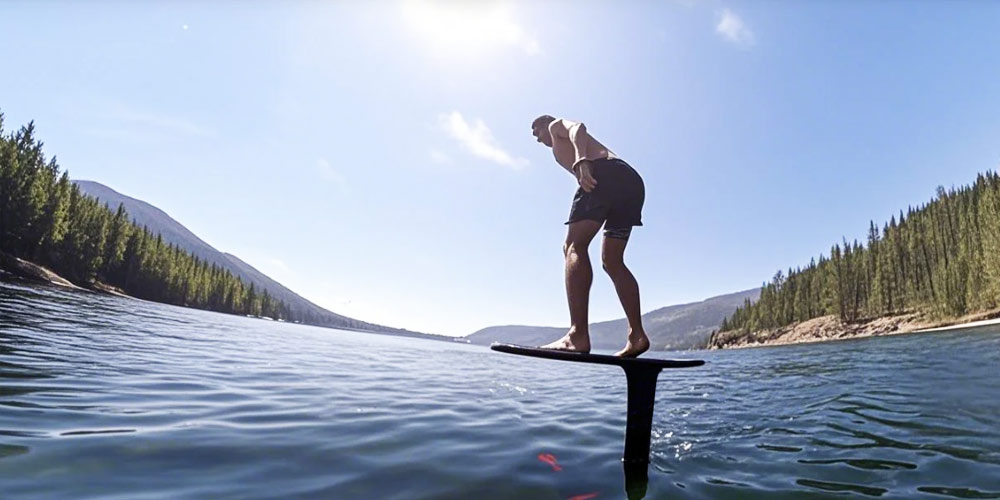
Conclusion
The choice between a short and long pump foiling mast depends on personal preference, riding style, and environmental conditions. While a shorter mast offers better stability and ease of use, a longer mast provides more agility and adaptability in rough waters. Evaluating these factors will help determine the ideal mast length for your pump foiling setup.

